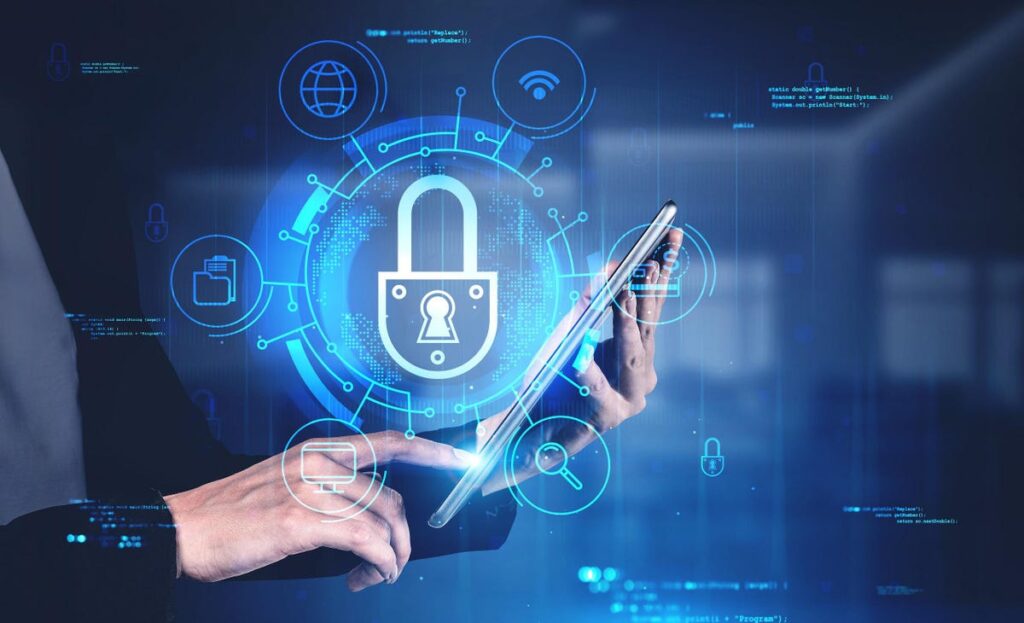Every year, technological development has a significant impact on how we manage work, save files, and do business. So, it is the perfect time to discuss cybersecurity-related issues for the stated technology. After all, a robust cybersecurity strategy revolves in spotting emerging trends, technologies, and security concerns.
Numerous recent studies have revealed that cyberattacks pose a regional and global threat to states, corporations, and individual citizens, contributing to the rise of cybercrime.
The need for strong cybersecurity has never been more pressing due to ransomware, social media intrusions, and outright crypto-warfare. Companies are seeking advice on how to prepare for the growing threats of the digital age, and managed cybersecurity service providers can help them develop and maintain effective security strategies.
Some of our selections will sound familiar if you follow technological trends. Even older trends, like the incorporation of AI, are still important today since they evolve together with other technological developments.
Let’s take a deeper dive into the topic of constantly changing cybersecurity trends for 2023.
Rise Of Consolidated Security Architecture:
According to Percy Grunwald, owner of Hosting Data: “Alert fatigue is a serious issue in the security landscape as a result of cyberattacks’ rapid growth, increasing complexity, and targeting of diverse interfaces like mobile devices, IoT, and more.
Too many alerts to manage, especially false positives, can lead to alert fatigue or burnout, which reduces IT productivity.
Additionally, businesses deploy additional security appliances to keep up with the rising cyberattacks, which makes maintaining them even more difficult.
The need for consolidated security architecture that enables businesses to get more visibility, lower costs, and manage everything from a single platform is sparked by this scenario.”
Click here – Minimalist Home Design Tips For A Tidy Space
Infrastructure For Cloud-Based Security:
Numerous businesses and institutions are moving their operations to the cloud. However, several cloud services do not currently provide secure identity, audit logging, or encryption.
Some people don’t properly distinguish between different types of user data. However, several cloud tenants share the same domain.
Therefore, the public needs to be strengthened, according to many computer security specialists. Due to improperly configured cloud security, criminals can get beyond internal constraints that safeguard important data housed in a cloud-based database.
As a result, cloud security is evolving into a proactive and cutting-edge line of protection against online criminals.
Attacks can now be detected by predictive security before an attacker does, and it can detect threats that go past other endpoint security.
Multi-factor authentication has grown in popularity throughout the interim time among many enterprises as a means of enhancing security.
The Potential For Artificial Intelligence Is Growing:
The importance of machine learning (ML) in cybersecurity is constantly growing. For computer- and machine-assisted security solutions, cybersecurity is simultaneously becoming more efficient and less expensive. Algorithms enable machine learning (ML) to extract patterns from a huge dataset.
It can anticipate and respond to ongoing attacks in real time in this way. AI has considerably aided in the development of automatic surveillance systems, language processing, facial recognition, and autonomous danger identification.
Additionally, it develops cunning viruses and attacks that evade the newest data protection measures.
AI-enabled threat detection systems can also anticipate new assaults and alert administrators right away to data breaches.
5G Speed And Internet Speeds:
Abe Breuer, founder of VIP To Go believes; “Technology has two sides, especially in the fields of cybersecurity and IT. In other words, what helps the general public also helps perpetrators of cybercrime. The growth of connection speeds, 5G, and greater internet accessibility is no exception as it aids perpetrators with plentiful new attack vectors for hackers to exploit.
Similar to the IoT, 5G is still a young design, therefore it will take some time to adapt and secure. Early adopters should be cautious when integrating this brand-new technology.”
Insider Attacks:
We’ve established that a significant portion of data breaches that businesses face are caused by human mistakes, but they’re not the only threat that comes from within your company. An internal breach might occasionally be the result of a malicious or unhappy employee.
Sometimes, this can happen when those with special access to private information sense a chance to make use of it for their gain, whether that be for political, financial, or other reasons.
Others, particularly in times of economic hardship like the one we’re currently experiencing, may be the result of unfavorable feelings held by workers affected by downsizing, which may prompt some of them to purposefully damage others as they leave.
The easiest way to stop this from having an impact on your company is to prepare for the possibility that it might occur and put safeguards in place to stop it. This includes using both technology and human monitoring tools to spot rogue actors, alert authorities to suspect activities, and swiftly revoke access to all sensitive systems when a problem is evident or could arise.
Click here – Why Should You Consider Storage Services During Home Renovation?






